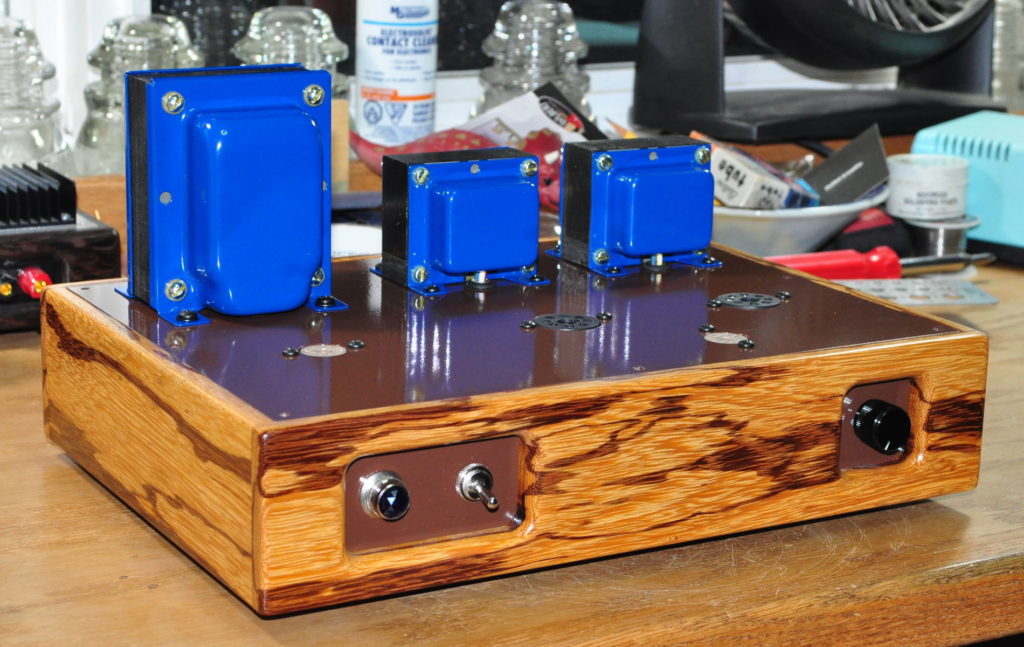In one of the page comment sections, Dave K asked this particular question:
You have both SET and UL pentode amps, from the listener’s standpoint, what are the audible differences in sound between the two types?
From a tech standpoint, I know that triode = even harmonic distortion, pentode = odd harmonic distortion
UL pentode = ??
And this was the simple answer I provided:

